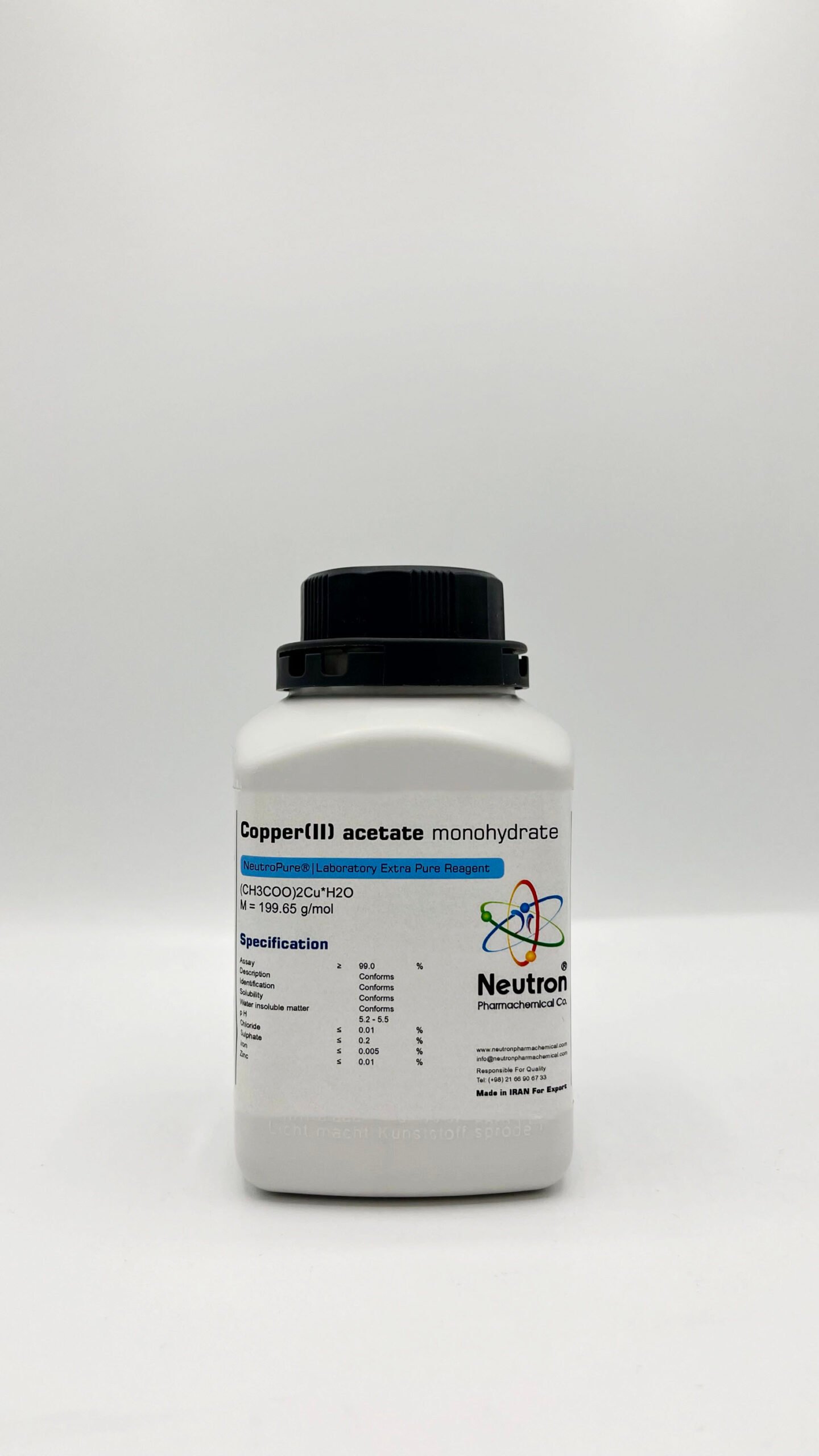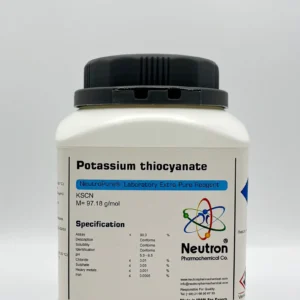Copper (ii) acetate
| Formula | C4H6CuO4*H20 |
| Chemical formula | ( CH3COO)2Cu*H2O |
| Density | 1.88g/cm3 |
| Molar mass | 199.65 g/mol |
| Bulk density | ~ 1100 kg/m3 |
| CAS number | 6046-93-1 |
| HS Code | 29152900 |
| EC number | 205-553-3 |
| Storage | Without limitation |
| SDS | available |
| R phrase | R 22-41-50/53 |
| S phrase | S 26-39-61 |
| Odour | odourless |
| Form | solid |
| Color | green |
| p H value | 5.2 – 5.5 (20g/l 20°C) |
| Solubility in water | 72 g/l (20°C) |
| Solubility in ethanol | 71 g/l (20°C) |
| Boiling point | decomposition |
| Melting point | 115 °C |
| Thermal decomposition | 240 °C |
| Assay | ≥ | 99 | % |
| Description | Conforms | ||
| Identification | Conforms | ||
| Solubility | Conforms | ||
| Water insoluble matter | Conforms | ||
| p H | 5.2 – 5.5 | ||
| Chloride | ≤ | 0.01 | % |
| Sulphate | ≤ | 0.2 | % |
| Iron | ≤ | 0.005 | % |
| Zinc | ≤ | 0.01 | % |
Copper (II) acetate is a blue-green crystalline solid widely used in organic synthesis, catalysis, and as a fungicide.
🏭⚗️ Production
Copper (II) acetate is produced by reacting copper(II) oxide or copper(II) carbonate with acetic acid, followed by crystallization. The compound commonly exists as a monohydrate or tetrahydrate.
🔬 Properties
Copper (II) acetate appears as a blue-green crystalline solid with the chemical formula Cu(CH₃COO)₂·xH₂O (x typically 1 or 4). It has a molar mass of about 199.65 g/mol (anhydrous form). It is moderately soluble in water and has a melting point around 240°C (decomposes).
🧪 Applications
Copper (II) acetate is used as a catalyst in organic reactions such as oxidation and coupling reactions. It also serves as a fungicide in agriculture, a pigment in ceramics and paints, and as a reagent in laboratories.
⚠️ Safety
Copper (II) acetate is harmful if swallowed or inhaled and can cause irritation to skin, eyes, and respiratory tract. Prolonged exposure may affect the liver and kidneys. Proper protective equipment including gloves and goggles is recommended. It should be stored in a cool, dry place away from incompatible substances.





